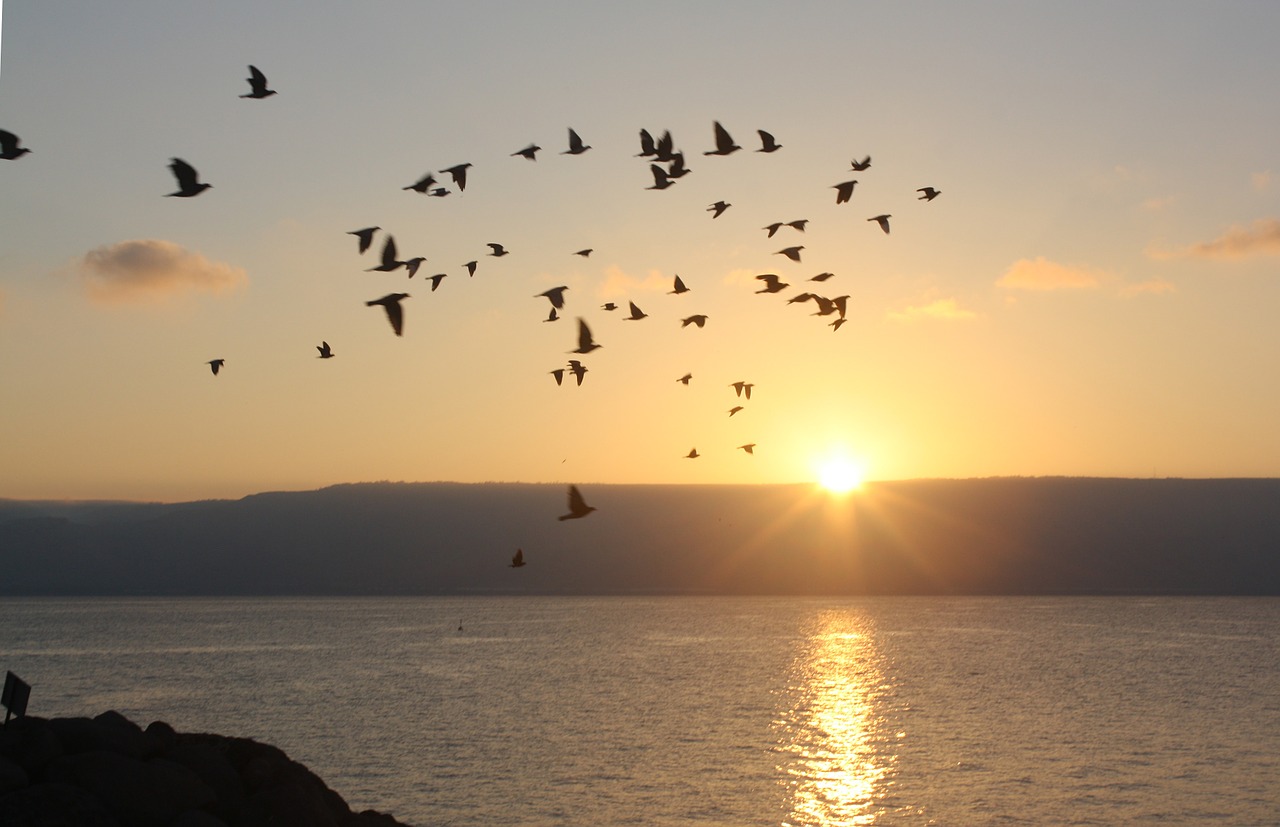He made a feast for them, baked matzos, and they ate. (19:3)
Rashi explains that Lot baked matzos for his guests because it was Pesach. Indeed, Chazal, our Sages (Kiddushin 82a) stress that our forefathers adhered to Torah laws even before the Torah was given. Although this is understandable in the case of most mitzvos, since Pesach commemorates an event which had not yet occurred, how could it have been observed by the Avos before the fact? [See Olas Shabbos (year 13 vol. 6) citing Sha’alos ve-Teshuvos Seridei Eish (2:149) who indeed disputes this fact, and writes that the Avos did not observe any of the commemorative mitzvos. Rashi, however, seems to disagree.]
Rav Gifter shlita writes in Pirkei Torah [p. 43] that there is a common misconception regarding events and happenings recorded in the Torah. We assume that the events occurred first, and were subsequently recorded by the Torah. In fact, the opposite is the case.
There is a famous Bais ha-Levi (Parshas Bo) which turns world history on its ear. He quotes the wording of the Zohar (Parshas Terumah 161), “The Holy One, Blessed be He, gazed into the Torah, and created the universe.” The Torah was the blueprint of creation; it dictated what should be created, and how the world should look and function. Whatever was needed to fulfil the Torah was brought into existence, and through the Torah the wheels of nature were set in motion. Since the Torah contains mitzvos commemorating Yetzias Mitzrayim (an Exodus from Egypt), the potential for such an event had to be pre-programmed into the world. The mitzvos, however, preceded the events. It is not, as we think, that the events lead to the mitzvos; rather it was the mitzvos which necessitated the events!
Thus, Torah is not an afterthought to the events of history – its mitzvos are history’s driving force. Seen as such, it comes as no surprise that the Avos, who observed the mitzvos prior to the Torah’s giving, did so even regarding what would later come to be known as “commemorative mitzvos.” In reality, it is history that commemorates the mitzvah.
This concept also explains why on Pesach, when some of the greatest miracles of Jewish history occurred, we do not recite the blessing, “Who Performed Miracles for Our Forefathers,” as we do on Chanukah and Purim. Purim and Chanukah are festivals which were ordained by the Sages as a result of miracles that occurred. In commemoration of these miracles, Chazal instituted various mitzvos, among them the recitation of the blessing “Who Performed Miracles for Our Forefathers.” Pesach, on the other hand, is biblically ordained. It was not instituted because of an event – the event happened because of the mitzvos! Since the mitzvos of Pesach are not dependent on the miracle, we make no berachah.
Numerous times throughout the Chumash, we find the “Yeshiva” of Shem and Ever. In parshas Toldos, Rashi tells us that Rivkah went to visit this celebrated Yeshiva to gain insight into her unusual pregnancy. From parshas Vayeitze we deduce that Yaakov Avinu was one of the Yeshiva’s greatest alumni, having learned there for fourteen years before proceeding to the house of Lavan, his future father-in- law. Yet who has not at some time asked himself the question: What exactly was studied in the famed Yeshiva of Shem ve-Ever? What was their curriculum?
Simply, one might answer that they studied in depth the Sheva Mitzvos Bnei Noach, The Seven Noahide Laws which were given to Noach and his descendants, and were among the only mitzvos in which the forefathers were officially obligated before receiving the Torah. Chazal, however, tell us (see above) that the Avos observed the entire Torah before having received it. This must have in turn necessitated its study. But how was this done?
I once heard an explanation from Rabbi Eliezer Breitowitz shlita based on the above analogy, that the Torah was the blueprint of creation. There are, in fact, two types of blueprints. The most common blueprint is used by the architect as a basis for constructing a building. In this scenario, from the blueprint a building emerges. Sometimes, however, after a building has already been standing for a long time, there arises a need for the original blueprint – yet it is nowhere to be found. A draughtsman must be called in, and, by meticulously studying the exact structure of the building, he can “reverse-engineer” its construction, and from the building derive its blueprint.
Perhaps, then, this was the curriculum of the Yeshiva of Shem ve- Ever. They painstakingly studied and pondered the mysteries of the universe, ultimately discovering its “blueprint” – the wisdom of the Torah from which the universe evolved. It was by means of deep insight and extreme sensitivity to the world in which they lived that the forefathers were able to “reverse-engineer” the Torah and discover its 613 mitzvos.
Today, of course, no such demands are made of us. To the contrary, every Jew has the awesome and wondrous privilege of studying the Torah in its entirety, as the Gemara (Kiddushin 66a) says, “The Torah lies, bound up in a corner: Whomever desires – let him come and learn it!”
Text Copyright © 1999 Rabbi Eliyahu Hoffmann and Project Genesis, Inc.


